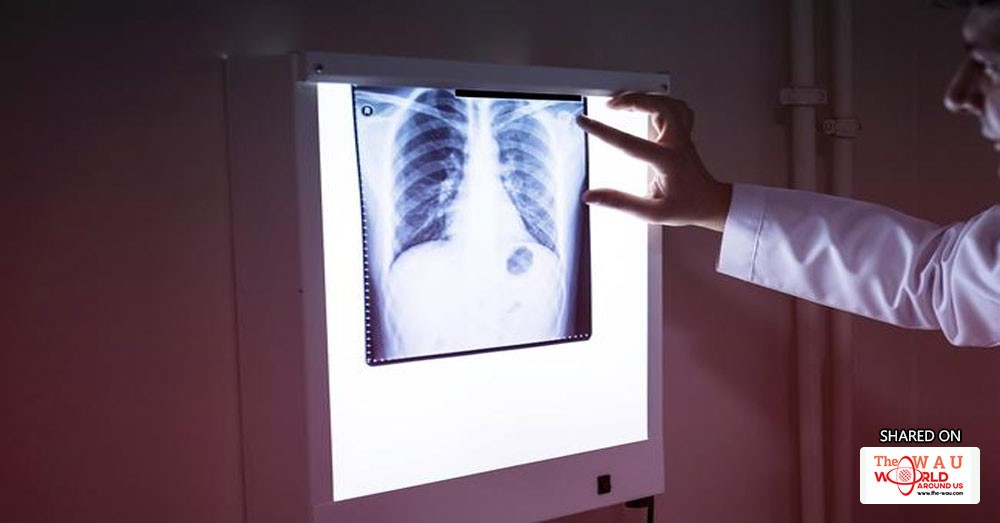You probably think of lung cancer as a smoker's disease—after all, we've long heard the warnings that lighting up skyrockets your risk. And while that’s certainly true, the truth is, it's not exclusively a smoker's disease.
And the number of non-smokers who develop the deadly disease may be rising: In fact, in a study of 2,170 lung cancer patients from Europe, the frequency of never-smokers developing lung cancer more than doubled from 2008 to 2016.
The American Cancer Society estimates that as many as 20% of annual lung cancer deaths are in people who've never smoked or used tobacco. That's more than 30,000 of the estimated 155,870 lung cancer deaths in 2017—more than colon, breast, and prostate cancer deaths combined. (Overall, there were about 222,500 new cases of lung cancer in 2017.)
Yes, it's still true that smoking is the biggest risk factor, but it's not the only one. "You may be exposed to things that cause lung cancer and not even know it," says Raja Flores, MD, chief of thoracic surgery for the Mount Sinai Health System. For instance, you may have been around radon gas, carcinogens like asbestos, or secondhand smoke, he says—maybe you lived next to a neighbor who smoked inside for years, or you used to tear down walls in the construction business.
If you recognize any sneaky risk factors, it's particularly important to be aware of the signs of lung cancer. Unfortunately, symptoms often don't show up until the cancer is in an advanced stage, which is why it's often caught late in the game (and much harder to treat, since it's often spread to other parts of the body).
In fact, that’s one reason why lung cancer is so deadly. Only 18% of people diagnosed with it survive five years or longer, according tothe National Cancer Institute Surveillance, Epidemiology, and End Results Program (SEER).
But that doesn't mean it can't be cured—the goal is to catch it as soon as you can.
(Discover the ONE simple, natural solution that can help you reverse chronic inflammation and heal more than 45 diseases. Try The Whole Body Cure today!)
"It's very aggressive, so when you catch it early, you have to act on it early," says Flores.
That means you have to know the signs and symptoms of lung cancer—whether you smoke, have smoked in the past, or have never lit up even once (And if you still smoke, here's how to quit for good).
Cough, of course, is probably the lung cancer sign you think of right off the bat, and for good reason: It’s the most common symptom of lung cancer, according to a study in the journal Thorax, which found 65% of lung cancer cases included it.
A persistent cough could be the result of a tumor obstructing your airway, which triggers your cough reflex, says Flores. It’s even more concerning as a cancer sign if it’s accompanied by blood or rust-colored phlegm. As cancer cells invade your lungs, the healthy tissue experiences some shedding and irritation, which is where the blood that's coughed up comes from, he explains.
But cough can be caused by much less serious things—think respiratory infection—and it’s definitely not the only lung cancer symptom out there. Here, six surprising signs of lung cancer, and when you should get them checked out.

...[ Continue to next page ]
Share This Post















